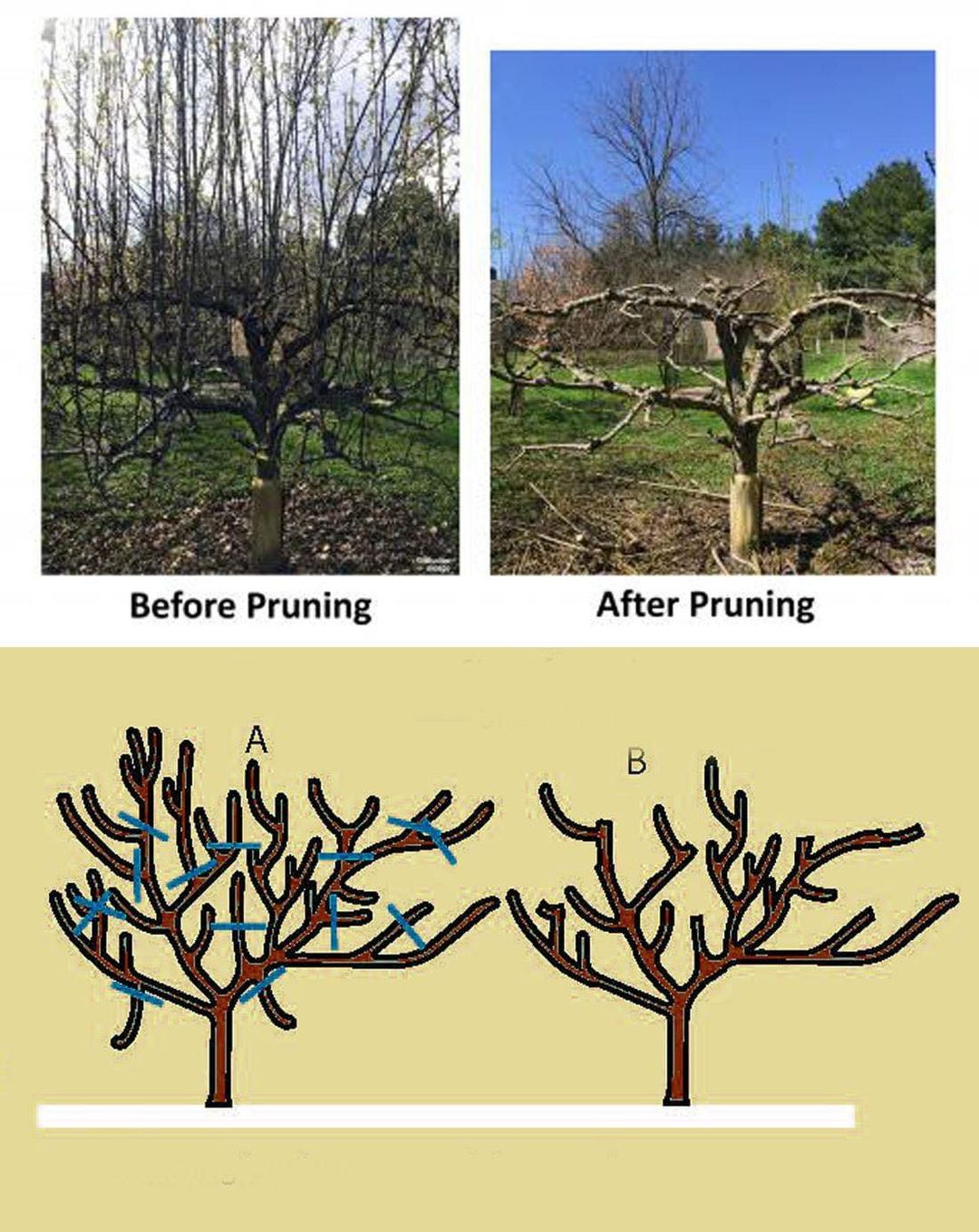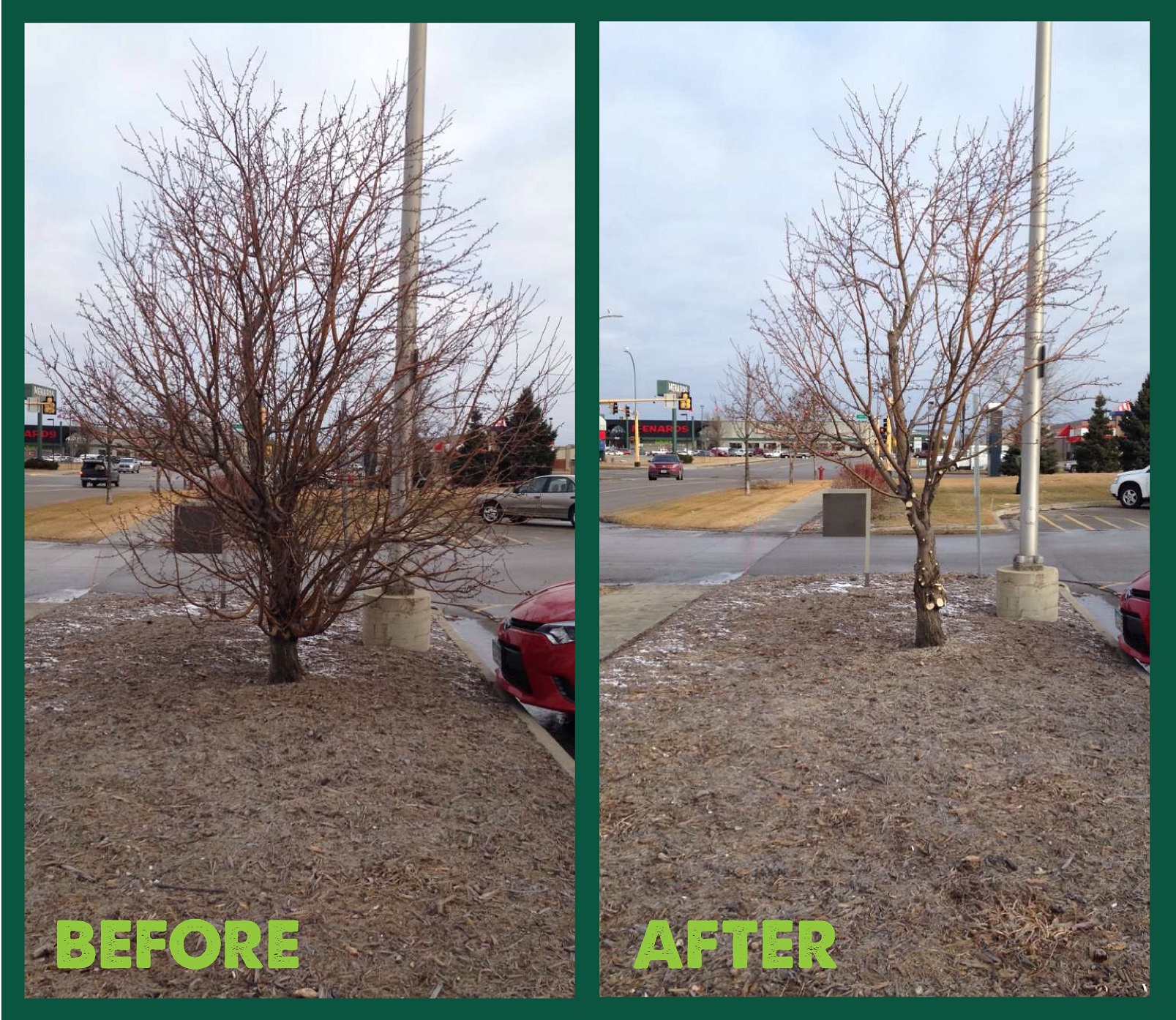Rehabilitating neglected fruit trees can be a rewarding but challenging process. Here’s a comprehensive guide on how to prune and restore old fruit trees to health and productivity:

Assessing the Tree’s Health
Before pruning, assess the tree’s overall health and structure. Check if the tree is worth saving, considering factors like the uniqueness and quality of the fruit, structural integrity, and location. Examine the trunk and major branches for signs of decay or damage. If the tree is structurally unsound, heavily diseased, or in a poor location, it might be more practical to plant a new tree or propagate the old one vegetatively.

Pruning Steps
Remove Dead and Diseased Branches: The first step is to clear out all dead, diseased, and broken branches. This cleanup process is crucial for the tree’s health and sets the stage for further pruning.
Reduce Tree Height Gradually: If the tree is too tall, reduce its height over a period of 2-3 years, removing no more than one-third of the tree’s total height in a single year to avoid shock. This helps in managing the tree’s size and encouraging new growth lower down.
Thinning Out Branches: Remove undesirable interior branches, particularly those that are crossing or growing parallel too closely. Thinning improves light penetration and air circulation within the tree’s canopy, which is vital for fruit quality and disease management.
Heading and Thinning Cuts: Use heading cuts to shorten and stiffen branches, encouraging branching lower down. Thinning cuts remove entire shoots back to their point of origin, opening up the canopy without inducing excessive regrowth.
Yearly Progression: Over the following years, continue to shape and reduce the height of the tree as needed, always aiming to improve light and air penetration to all limbs. This gradual process allows the tree to adjust without putting it under too much stress.
Additional Considerations
Pruning Time: Perform major pruning in late winter or early spring, during the dormant period, to stimulate healthy new growth in the spring.
Pruning Systems: The pruning system used depends on the type of fruit tree. For instance, semi-dwarf apple and pear trees often use a central leader system, while peach and nectarine trees typically use an open center system.
Sanitization and Tools: Ensure your pruning tools are sharp and sanitized to prevent the spread of disease. After pruning, clean up and dispose of pruned wood properly, especially if it’s diseased.
Aftercare and Maintenance
Soil Health: Enhance the tree’s recovery by clearing away tall grass or brush around the trunk and checking the soil’s pH. Mulch under the tree with compost or aged manure to improve soil health and vigor.
Regular Care: Start a regular spray program with dormant oils and fungicides every dormant season to keep the tree healthy.
Restoring a neglected fruit tree is a multi-year process that requires patience, careful assessment, and a thoughtful approach to pruning and aftercare. By following these steps and maintaining regular care, you can rejuvenate old fruit trees, improving their health and fruit production. Remember, the goal is to create a tree with a balanced structure, open canopy, and good fruit-bearing capacity.










